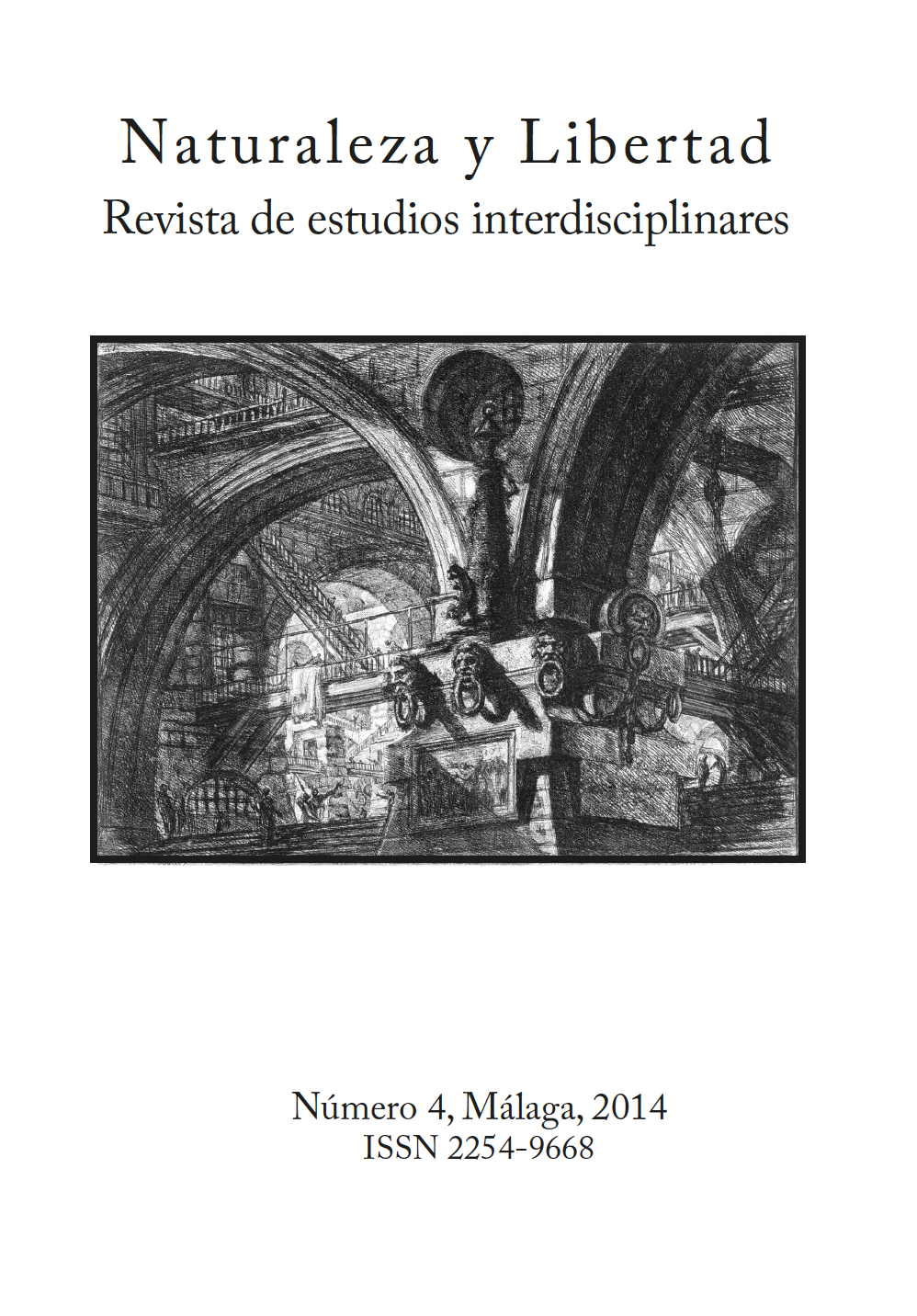Diseño inteligente, evolución al azar, o evolución providencial
DOI:
https://doi.org/10.24310/NATyLIB.2014.v0i4.6303Keywords:
teoría de la evolución, diseño inteligente, evolución providencial, azar y diseñoAbstract
Como todas las teorías científicas, la teoría de la evolución evoluciona. Sin embargo, eso no quiere decir que esté en crisis, como defienden diversos movimientos creacionistas. En particular, la teoría del diseño inteligente sostiene, apoyándose en argumentos supuestamente científicos, que la evolución no puede tener lugar sin intervención divina. En la postura opuesta, el ateísmo evolucionista sostiene que la evolución es mero resultado del azar, sin participación alguna del diseño. Ambas posturas son extra-científicas, porque no se puede demostrar que sean falsas. A lo sumo, pueden considerarse como hipótesis metafísicas. La evolución providencial, propuesta por el autor apoyándose en sus investigaciones en el campo de la vida artificial, que proporciona un ejemplo de la combinación de azar y diseño, podría considerarse como una versión puramente metafísica del diseño inteligente.Downloads
Metrics
References
M. Alfonseca, J. de Lara, “Two level evolution of foraging agent communities” en: BioSystems, 2002 (66, 1-2), pp. 21-30.
M. Alfonseca, F.J. Soler Gil, “Evolving an Ecology of Mathematical Expressions with Grammatical Evolution” en: BioSystems, 2013 (111, 2), pp. 111-119.
M. J. Behe, Darwin’s black box, Maine, The Free Press, 1996.
G. Chaitin, “Randomness and Mathematical Proof”, en: Scientific American, 1975 (232, 5), pp. 47-52, http://www.cs.auckland.ac.nz/~chaitin/sciamer.html.
R. Dawkins, The selfish gene, Oxford, Oxford University Press, 1976.
N. Eldredge & S. J. Gould., “Punctuated equilibria: an alternative to phyletic gradualism” en: Th.J.M. Schopf, (ed.), Models in paleobiology, San Francisco, Freeman Cooper and Co.,
, pp. 82-115.
S. J. Gould, Hen’s teeth and horses’s toes, New York, Norton, 1983.
M. Kimura, The Neutral Theory of Molecular Evolution, Cambridge, Cambridge University Press, 1983.
J. Monod, Le hasard et la nécessité, Paris, Éditions du Seuil, 1970.
K. Popper, The logic of scientific discovery, 1934. Versión española en Madrid, Tecnos, 1962.
T. S. Ray, “Evolution and optimization of digital organisms”, en: K. R. Billingsley et al. (ed.), Scientific Excellence in Supercomputing: The IBM 1990 Contest Prize Papers, Athens GA, The Baldwin Press, 1991, pp. 489-531.
The year in evolutionary biology, Annals of the New York Academy of Sciences, 2008.
Downloads
Published
How to Cite
Issue
Section
License
Those authors who have publications with this journal, accept the following terms:
1. Copyright and licensing information are clearly described on the journal’s web site: all content published in Naturaleza y Libertad is open acces without limit, and are subject to the Attribution-NonCommercial-ShareAlike 4.0 International (CC BY-NC-SA 4.0) license. The full text of which can be consulted at https://creativecommons.org/licenses/by-nc-sa/4.0/
2. It is the responsibility of the authors to obtain the necessary permissions for the images that are subject to copyright. The authors whose contributions are accepted for publication in this journal will retain the non-exclusive right to use their contributions for academic, research and educational purposes, including self-archiving or deposit in open access repositories of any kind. The electronic edition of this magazine is edited by the Editorial de la University of Malaga (UmaEditorial), being necessary to cite the origin in any partial or total reproduction.
3. This journal allows and encourages authors to publish papers on their personal websites or in institutional repositories, both before and after their publication in this journal, as long as they provide bibliographic information that accredits, if applicable, your posting on it.
4. In no case will anonymous papers be published.





18.png)













